 Dr Urvashi Sahni,
Dr Urvashi Sahni,
Founder & Director, Digital Study Hall
“Our vision is to democratise education. There are huge inequalities in India. On the one hand you have schools that have resources and infrastructure; on the other hands there are many more that do not have any resources. So, the idea is to share resources, that can be exchanged digitally by including as many people as possible in this process”
What is the vision behind the setting up of the Digital Study Hall?
Our vision is to democratise education. There are huge inequalities in India. On the one hand you have schools that have resources and infrastructure; on the other hands there are many more that do not have any resources. By resources I mean, quality of teachers, infrastructure and basic amenities. So, the idea is to share resources, that can be exchanged digitally with the use of technology by including as many people as possible in this process. Fundamentally, the vision is to improve the quality of education, to equalise the education and to include people in the whole educational process.
What are the challenges that Digital Study Hall encountered in pursuing these ?
The first challenge was to find a place and teachers who are willing to work in this project. It was also difficult to identify the target student population as we run both private schools and afternoon schools for weaker sections. The second challenge was to get people to use technology as in government schools even getting teachers use something like abacus is very difficult. Another related challenge is to provide a lost cost setting to keep the model sustainable.
What pedagogical approach is followed by the Digital Study Hall?
Put simply, we follow a `mediation-based pedagogy`, which refers to placing a teacher (or a `mediator`) in between the students and the TV.
The mediator periodically pauses the video and engages the students in various activities, like asking questions, inviting kids to do board work, and organising role- playing activities. The mediator`s job is to make the class as lively and interactive.
Another variation of the theme is `peer-mediation`, where the brightest fellow student is approached to serve as a mediator during periods when the local teacher is absent. The student mediators appear to display a high degree of responsibility and enthusiasm when they are put in charge.
What methodology is followed while creating the content? How is the content disseminated?
In terms of the methodology, we select good teachers wherever we find them, specially in vernacular languages and teach them to plan their classes according to the state board curriculum. We map out the curriculum from Chapters 1 to 8. All this is done in a systematic manner twice or thrice a week. The teachers then come prepared in the afternoon with a half-an-hour unit and conduct the classes, which are then videographed. Apart from this, we also do some post production work in our labs, in which we add pictures from the Internet, put Flash Cards, etc, to make videos even more live.
The content is then edited and converted into DVDs, and are sent by hand or `Postmanet` system of transferring digial content through the postal service.
According to you, what role does localisation of languages play in spreading education among the disadvantaged group?
 I would rate technology as a good facilitator for the supplementary role that it can play. But it cannot be a substitute for people
I would rate technology as a good facilitator for the supplementary role that it can play. But it cannot be a substitute for people
It plays a very important role because a majority of population speaks only the local language. So if you don`t have the content in the local language, you may be excluding many. That is precisely why all our material is created in the local language. We use Hindi in UP, Marathi in Maharashtra and Bengali in Kolkata. But at the same time we have also included English as our second language.
Apart from India, has this programme been running in other countries also?
Yes, in Bangladesh, Dhaka, we just started this year, that is very much in early stage. Talks are also on with Cambodia, but it is still in the nascent stage. We had an indication to do something in Pakistan, but given the condition between the two countries, right now we can`t goahead with the plan.
According to you, what is the role of technology in education?
I would rate technology as a good facilitator for the supplementary role that it can play. It can help in solving the problems. For example, in our project, it is helping us regroup resources so that we don`t take up real time and physical space. I think it is going to become increasingly more important in times to come. In fact, India becomes more networked than it is because the Internet has played an enormous role in democratising knowledge, allowing more and more people to access bulk of information.
I think we should not overstate the role of technology and try to make it a substitute for the role people play in education. Secondly, the infrastructural needs must be met in India, where electricity itself is a huge issue. Technology has to keep pace with the infrastructural support available in any particular context.
Is Digital Study Hall associated with any government agencies or private bodies in furthering its agenda?
We have collaborations with Microsoft Research, which is one of our facilitators. Then the Study Hall Foundation, US, is another collaborator. We have partnered with government education departments, government schools and private foundations for furthering our project. We are also collaborating with University of Washington, Seattle and University of California, Berkeley in research projects.
We are engaged with the University of California, Berkeley, for a re-evalution project. Among the private foundations, we have the National Science Foundation, which funds us. Then there is Madhavi Kapoor Foundation in Pune and Lorento Convent in Kolkata, which support us. We also have a tie-up with the UNICEF for a teacher training project. Under it, we are providing video content to various districts in Uttar Pradesh to train 14,000 teachers.
We also provide our content to 25 Kasturba Gandhi Vidyalayas and talks are also on with the Sahara Foundation to approach schools in urban slums.
What are the future plans of Digital Study Hall?
We will be starting public schools in the near future. We want to create as much content as we can in as many local languages as we can. We want to increase our outreach, to reach out those who need the help. Many people who get to know about work through websites or through the print media, contact us. So schools from Madhya Pradesh, Agra, Uttaranchal and Gujarat have contacted us for collaboration.
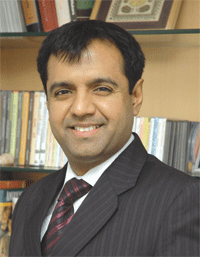 “Educomp is now entering Professional education and Training space to address the huge skill gap in India”
“Educomp is now entering Professional education and Training space to address the huge skill gap in India” Shantanu Prakash
Shantanu Prakash



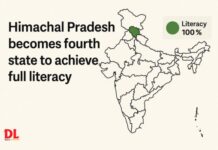

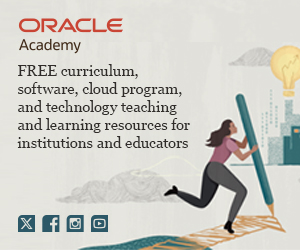

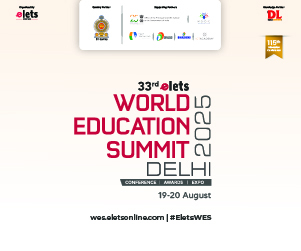

 “Innovation is an organisational culture. One has to have the right manpower with the right attitude and measure impact on key assessment parameters”
“Innovation is an organisational culture. One has to have the right manpower with the right attitude and measure impact on key assessment parameters”
 Meena Ganesh
Meena Ganesh
 Anshul Sonak
Anshul Sonak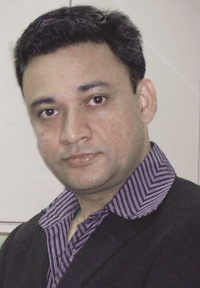
 Jayant Bhadauria, Head
Jayant Bhadauria, Head 
 Dr Meena Singh
Dr Meena Singh Dr Urvashi Sahni,
Dr Urvashi Sahni,  I would rate technology as a good facilitator for the supplementary role that it can play. But it cannot be a substitute for people
I would rate technology as a good facilitator for the supplementary role that it can play. But it cannot be a substitute for people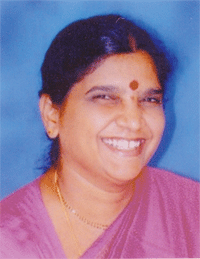
 Smt. C Rama Devi
Smt. C Rama Devi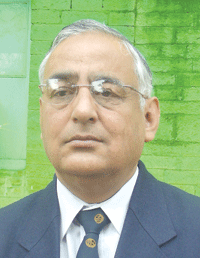
 Nirmal Kumar Tewari
Nirmal Kumar Tewari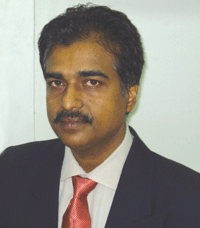 Please highlight the key focus of HCL`s engagement with education and training? How has the journey been so far?
Please highlight the key focus of HCL`s engagement with education and training? How has the journey been so far?









